
It’s pretty difficult not to get hungry on a flight, unless you’re flying extremely early in the morning and the only thing you are interested in is getting some sleep. Eating on a plane is fine, but there are actually certain food and drinks that you should avoid consuming while flying.
Below you’ll find 10 such items:
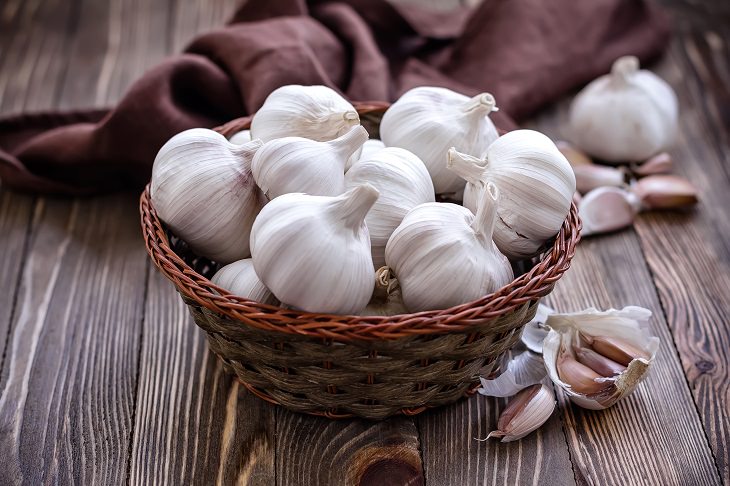
The compound allyl methyl disulfide, one of the culprits of garlic or onion breath, can take up to 24 hours to be removed from your body. Thankfully, there is a pretty easy fix. Eating foods such as raw apples or mint leaves can help deodorize your breath after you have eaten garlic or onions.
2. Alcohol
For those of you who fear flying, drinking some alcohol might seem like a great way to calm down, but you need to think twice. Flying by itself is already a dehydrating experience. Furthermore, sitting on a cramped plane for more than four hours already increases the chances of blood clots in high-risk people, and dehydration from drinking too much alcohol adds yet another layer of risk.
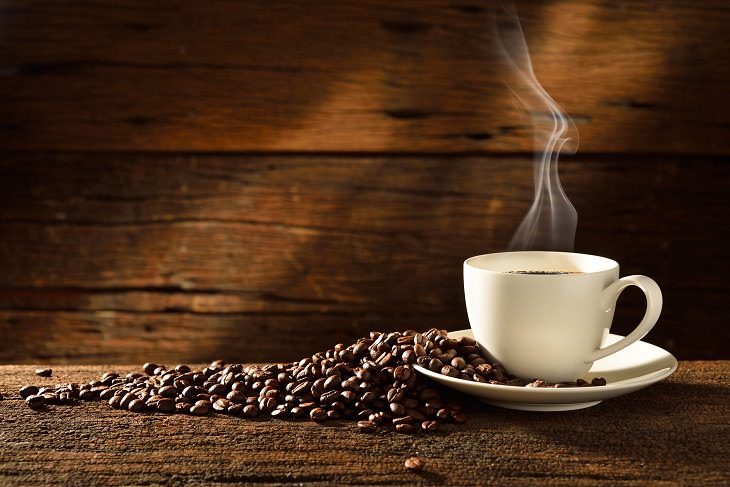
Grabbing yourself a cup of coffee on the way to the gate is a common habit, but that cup contains about 410 milligrams of caffeine. Two hours into the flight, you’ll have already have annoyed your flight neighbors with several trips to the bathroom and restlessness. A 2017 study found that 6 milligrams of caffeine per kilogram of body weight can act as a diuretic, leading to sodium, potassium, and fluid loss. This could result in muscle cramps and headaches.
4. Dark Chocolate
When we think about caffeine we usually think about coffee, but dark chocolate can pack a big caffeine punch. For example, a 3.5-ounce bar of 85% cacao has about 80 milligrams of caffeine alone, and chocolate covered espresso beans contain as much as 336 milligrams per serving.
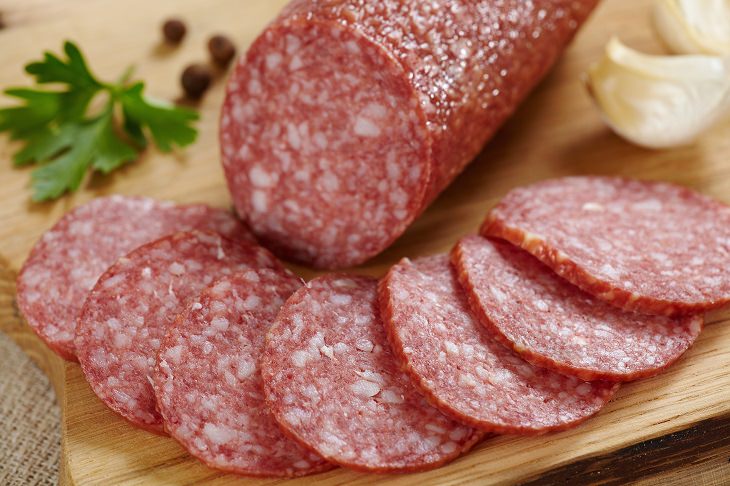
That salami sandwich that you grabbed while waiting at the airport might just come back to haunt you when you’re in the air. Salami is a high-histamine food, so eating it can aggravate nasal allergies or sinusitis, making lift-off and landing a congestive nightmare. Next time, buy a turkey sandwich instead.
6. Tap Water
Sure, airlines give out H2O in bottles, but their coffee and tea are made using tap water – and you might just want to wait on those until you land. The Aircraft Drinking Water Rule of 2009 requires airlines to inspect their water systems for E. Coli at least every five years, which leaves a lot of time for error. Sure enough, a study carried out in 2015 found that the water on the two planes it tested contained bacteria known to cause diseases. Carry your own water bottle and fill it at a water fountain after you have gone past security.

That bag of dried apricots might seem enticing if no meal is included on the flight, but you might live to regret it if you have been recently diagnosed with asthma and aren’t particularly familiar with its triggers. Dried fruits can contain sulfites, which could promote an attack. Furthermore, lower oxygen levels might worsen breathing issues.
8. Nuts and Nut Butter
Peanuts are a tasty snack, but you’ll be going hungry if the flight attendant announces that someone on the flight has a severe nut allergy. Since the plane recycles a percentage of the cabin air, opening up a bag of nuts could expose the allergic person to potentially deadly particles.
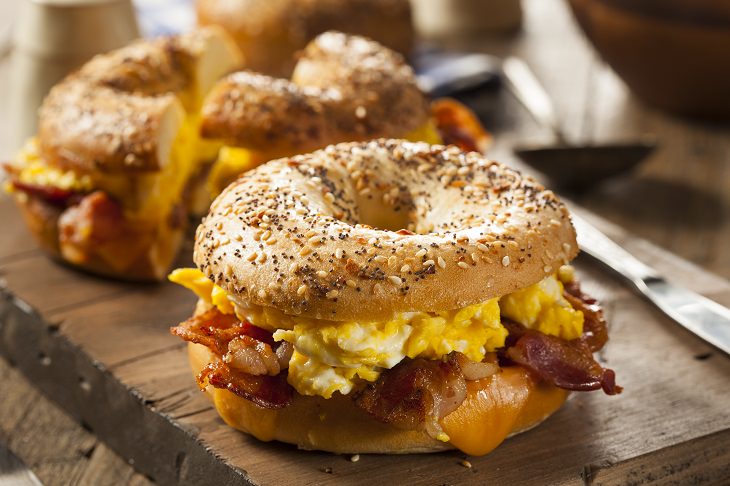
Hit the brakes on the fast-food breakfast sandwich. At 1,989 milligrams, one sandwich happens to be 86% of the recommended daily 2,300 milligrams of sodium. All that sodium can boost blood pressure, which is more concerning when you consider the fact that the flight’s low oxygen already puts additional strain on your heart.
10. Carbonated Beverages
Lower oxygen levels can make flying extra trying for those with lung disorders. A study found that 18% of passengers with lung disease had at least mild respiratory distress when flying. To make matters worse, gas expansion at high altitudes can increase the pressure on your lungs. Therefore, it’s recommended that carbonated beverages are avoided when flying.
Source: rd
Images: depositphotos

Improve Your Health with These 11 Simple and Quick Hacks
To get healthy quick, all we need to do is follow these instant health upgrades. Take a look!
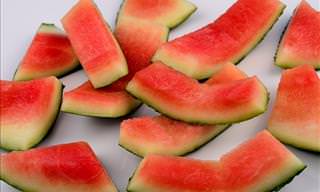
Here is Why you Shouldn't Throw Away Your Watermelon Rind
Many people eat only the fleshy part of a watermelon and throw away the rind. However, consuming the rind as well has many benefits. Read some of them here!
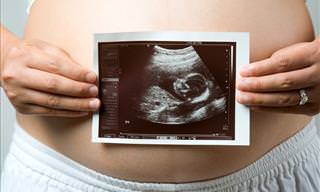
12 Foods Every Pregnant Woman Should Add to Her Diet!
Women who have poor diets while pregnant are more likely to give birth prematurely than women who eat healthily. Here are 12 foods to eat if you're pregnant.
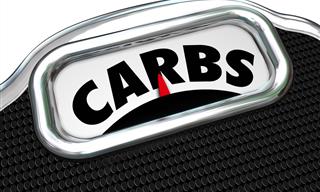
10 Simple Ways to Significantly Reduce Your Carb Intake
Are you looking to lose some weight? Here are ten ways that you can significantly reduce your carb intake!

11 Simple Health Hacks to Change Your Life for the Better
To get healthy quick, all we need to do is follow these instant health upgrades. Take a look!

What is the Military Diet? Here's All You Need to Know!
This diet can supposedly help you lose 10 pounds in just three days. Is this really true? Here's the low down!
 12:58
12:58
25 iPhone Tips and Tricks Everyone Should Know
If you've never tried these before, prepare to be amazed by what your phone can actually do. Let's get started!
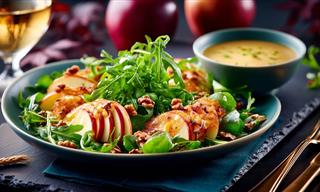
Research Shows: Just 2 Spoons of This to Lose Weight
Cider Apple vinegar is making headlines again following a study that found two tablespoons of it per day may greatly help with weight loss and improving blood sugar. Even more than expensive medications and treatments with many side effects.
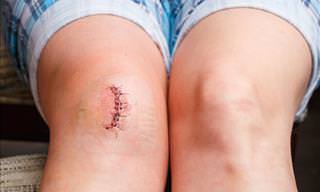
Remove Scars Naturally with These 6 Scar-Healing Remedies
Scars can be difficult to live with. Remove them naturally with this helpful guide.

12 Tips to Maximize Counter Space in Small Kitchens
These hacks will transform your kitchen counter space.

These 6 Secrets Will Ensure You Look Divine in any Photo
This fantastic guide will reveal some basic errors that people make in photographs and how to improve them, ensuring you look great every time!
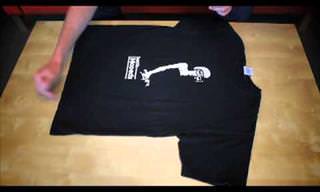
10 Fantastic Tips for Perfectly Folded Clothes
Folding can be such a chore, and hard to get right. Here are 10 incredibly easy ways to fold your clothes fast and right!

10 Condescending Texts You Might Be Sending Unknowingly
Here are 10 common texts that often rub people the wrong way—and why.

Celebrity Photo Hacks: How To Always Look Good In a Photo
Celebrity hacks on how to look your best in photos, no matter your age and gender. Here are 12 celebrity posing secrets that will teach you to highlight your best self in front of a camera lens.
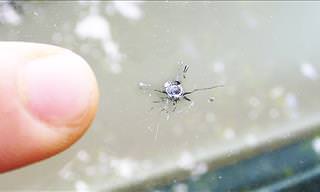
You Don’t Need to Go To A Mechanic to Fix Your Windshield
It can be so frustrating to deal with repairing your windshield. Now the task is made easy with these DIY tricks and tips.
 3:16
3:16
10 Uses for Vinegar That Even Surprised Us!
Vinegar can do many magical things! Here are 10 extremely useful things that it can be used for at home.

Useful Tips to Have Your Dishwasher Run Smoothly For Years
Just 15 minutes of occasional cleaning and maintenance can make sure your dishwasher runs smoothly for years.
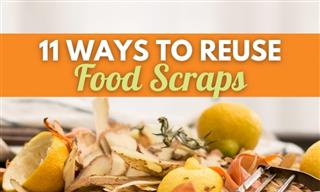
Start Saving Food Scraps - They’re Super Useful!
With these 11 tips, you’ll be able to reuse food scraps and save yourself lots of money and food at the same time.
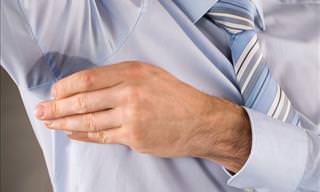
Say Goodbye to Armpit Stains with This Natural Deodorant
Naturally remove armpit stains with this effective remedy.

14 Products You Can Stop Buying to Save Big at Home
These everyday items are draining your wallet.
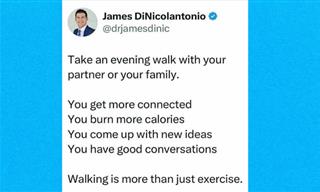
Doctor's Advice That Could Shift Your Daily Life - 25 Tips
Cardiovascular scientist and Doctor of Pharmacy James DiNicolantonio shares practical advice that will change your life.
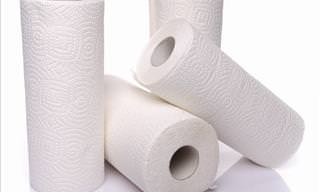
Do Not Flush These 8 Things Down the Toilet
If you never want to have to pay a hefty price for an emergency plumber, we have a handy list for you today that explains the things you should never flush down a toilet.

Here's How to Keep Your Face Free of Dead Skin Cells
We always feel better when we're looking radiant, and that can be down in no small part to removing dead skin cells from our faces. Make these scrubs at home.

GUIDE: Learn 3 Proven Problem-Solving Methods
Your ability to solve problems, or lack thereof, has a great bearing on whether you can be happy and successful. Try these 3 problem-solving methods.
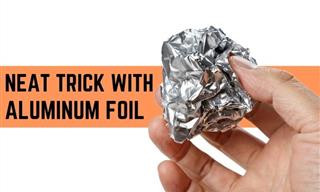
Putting Aluminum Foil in the Dishwasher - What Does It Do?
Try this neat dishwasher trick to make your silverware as good as new!

10 Heartwarming Ways Your Dog Show He Loves You
discover the 10 unique, and sometimes odd, ways they express their affection toward you, essentially saying without words, "I love you."
 15:37
15:37
35 Cooking Hacks That'll Make Your Life a Whole Lot Easier
These 35 cooking hacks will make your life in the kitchen a whole lot easier.

Organizing Mistakes That Make Your Kitchen Look Cluttered
Take a look at the possible organizational mistakes you are making that are making your kitchen look messy.
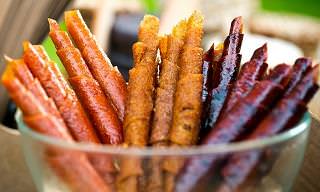
DIY RECIPES: Who Knew Fruit Leathers Were This Much Fun?!
Fruit leathers have to be the most fun way to eat dried fruit ever invented. Here's how to make your own delicious batch.
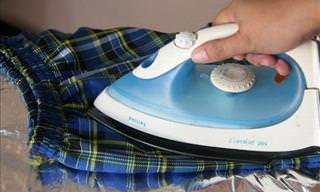
Tips That Prove Aluminum Foil Isn't Just for the Kitchen!
There are numerous uses for aluminium foil outside the kitchen that most of us never knew to be possible. Take a look for yourself.

Why You Should NEVER Use Too Much Detergent - Laundry Tips
In this article, we explain how much laundry detergent is ideal for your washer, and how to tell whether or not you’re using the right amount of detergent.
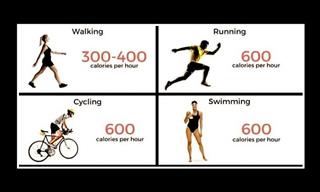
13 Cool Charts That Impart Practical Knowledge
Here are some useful charts, graphs, and infographics that provide some practical information.
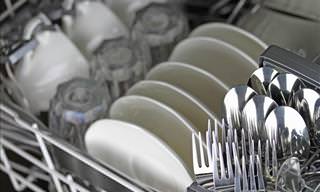
This is the Right Way to Load a Dishwasher For Best Results
What's the best way to load your dishwasher? Find out in this guide.
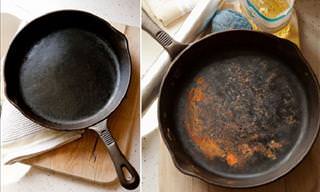
9 Ultimate Methods for Stain Removal around the House
Things we;ve had for a long time tend to lose their fresh-out-the-box look but this can be remedied! These methods will help you remove those stubborn stains!

Confused About Home Colors? This Post Clarifies Everything
Choosing the correct colors for each room in your home can be a tricky affair, however this guide will clear everything up for you in an instant.
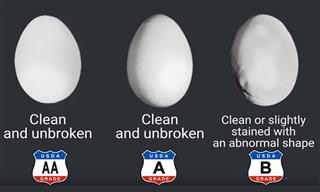 2:55
2:55
Discover the Difference Between Grade AA, A, and B Eggs...
Ever wondered exactly how eggs are graded? Watch this video and find out for yourself.
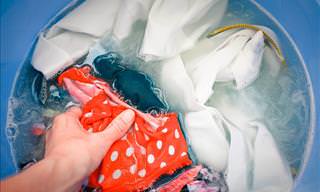
How to Clean 'Dry Clean Only' Clothes at Home
Dry cleaning can be a huge hassle, as well as quite the expense, which is why it is so much better to do it yourself at home...

Guide: How to Win Every Argument
An extensive guide on navigating any group conversation gracefully.
 17:11
17:11
11 Signs Your Cat is Feeling Lonely
We'll explore all the lonely cat symptoms every devoted cat parent should recognize, so you can understand if your furry companion is feeling bored, sad, or simply craving more of your wonderful company.
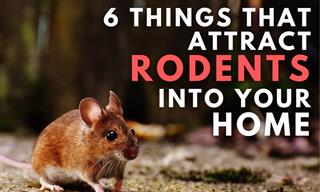
Rodent Alert: Ways You May Be Inviting Mice into Your Home
Have you been unknowingly attracting rodents into your home? Below we list 6 ways you may actually be inviting these pests into your house...
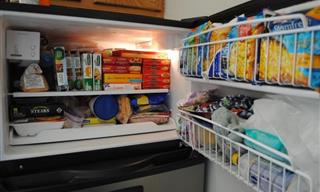
9 Uses for Your Freezer Besides Keeping Food Frozen
These 10 clever freezer hacks will save you precious time and allow you to make the most efficient use of it.

GUIDE: How to Turn a Towel into a Monkey, Swan or Snake!
If you think you know how to fold towels, you're wrong! This is how you do it. Now you'll see what an art form it really is. These towel animals are ace!

This Breathing Technique Will Change the Way You Breathe
Professionals who practice the Buteyko method claim it can help treat about 150 different health issues, including diabetes, attention difficulties, and chronic fatigue.

4 Tests for Hair Health You Can Perform at Home
To avoid an unpleasant surprise about the poor health of your hair, it is recommended to perform the following 4 tests that anyone can do at home in just a few minutes.

Beat the Effects of Age by Eating Healthy Foods Like These
What we put in our stomachs is crucial to our health, as you know. But eating the right food can also stave off the tell-tale effects of aging too.

7 Scented Flowers for a Sweet Smelling Home
Opt for these beautifully scented flowers as opposed to air fresheners or candles for a better smelling home.

Keep Your Shoes in Top Shape with These Tips and Tricks
Learn how to always keep your shoes in top shape, no matter their age or fabric. I guarantee, it will save you a lot of money because you won’t have to buy new shoes so often anymore.
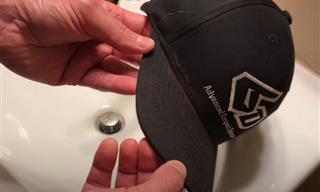 3:52
3:52
How to Best Remove Sweat Stains From Your Hats
Sweat stains can ruin the look of your hats. Here's how to remove them once and for all - quick and easy!
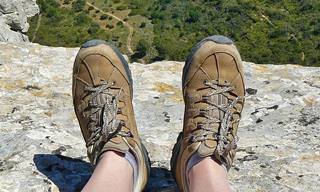 3:00
3:00
You've Been Tying Shoelaces Incorrectly Your Whole Life!
Although you're led to believe that you know how to tie your shoelaces perfectly well, You actually don't. Watch this TED Talk to see why.
To enable your Ad-Free Subscription, please fill the fields below
Your subscription was successful, now you can enjoy an ad-free experience!! Note: To make sure you get no ads, please make sure to log in to your account. If you are logged in already, then refresh the page. The subscription can be cancelled at any time.


